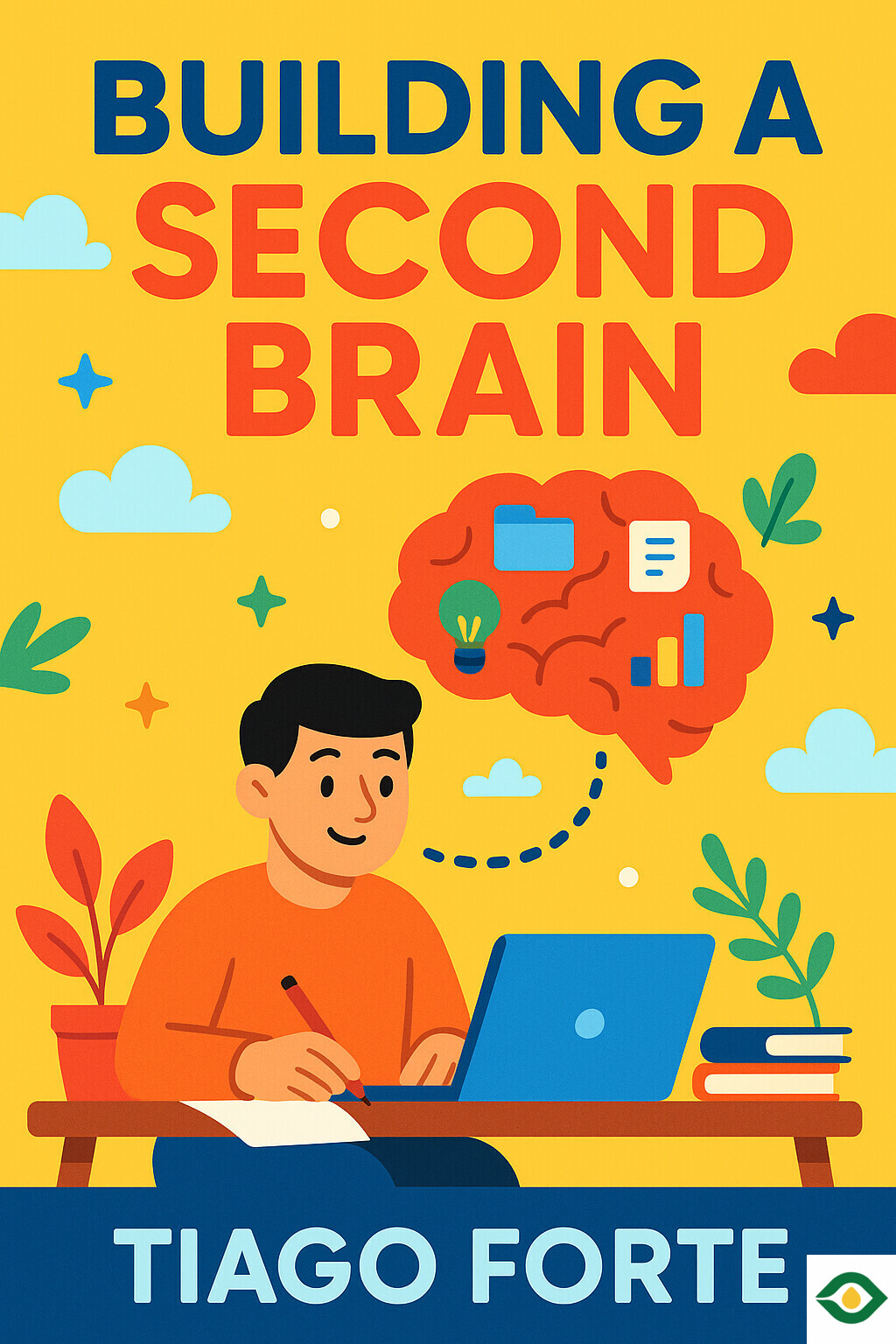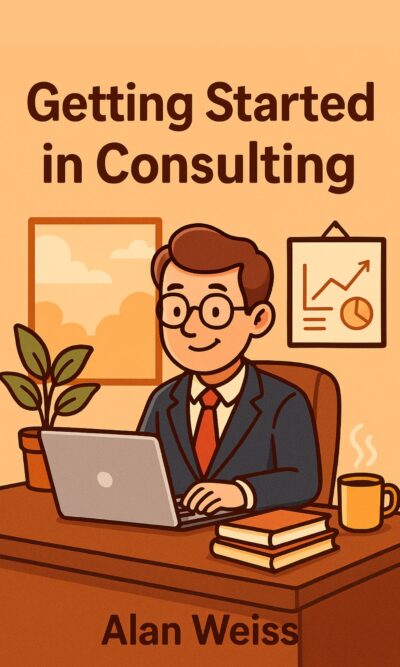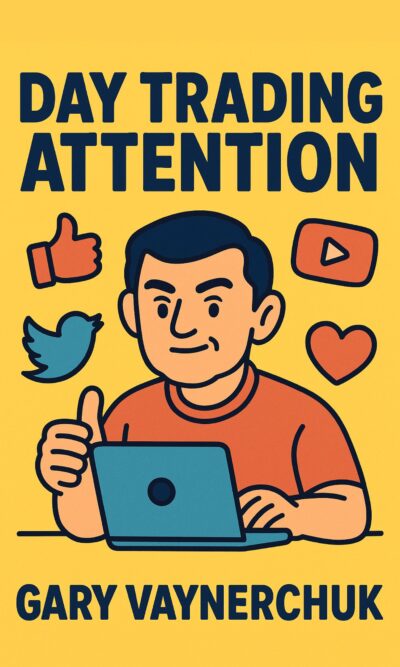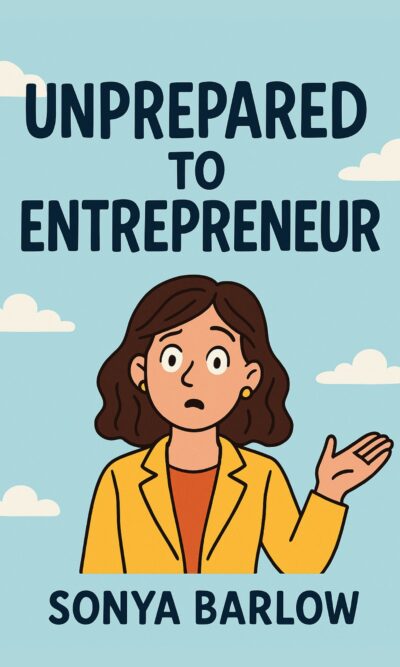Description
Imagine having a brilliant idea while walking in the park, only for it to completely disappear by the time you sit down at your desk. Or think of reading a fascinating article that contains the perfect solution for a work problem, but you can’t recall the key details during an important meeting. If this sounds familiar, you are not alone. In our modern world, we are flooded with information. We process an incredible amount of data every single day, far more than our biological brains are designed to handle. This constant stream of information leads to forgotten ideas, missed opportunities, and a feeling of being overwhelmed. The solution isn’t to try harder to remember everything, but to build an external system, a “second brain,” to manage this knowledge for you.
Consider the lives of two people, Amelia and John. Amelia’s day is chaotic. She wakes up with her mind racing, but emails and notifications immediately distract her. She spends her day reacting to urgent tasks, struggling to find the information she needs for meetings, and feeling too exhausted to make progress on her personal goals. She has countless notes, bookmarks, and saved files, but they are scattered across different apps and devices, creating more clutter than clarity. Her knowledge feels like a messy garage she can never find anything in.
John’s day is different. He also wakes up with ideas, but he immediately captures them in a trusted digital notes app. Throughout his day, he adds to these ideas, linking them with articles he reads or notes from conversations. When his meeting begins, he has all the relevant information organized and ready. He can focus on the discussion instead of searching for files. Because his system handles the remembering, his mind is free to think creatively and solve problems. In the evening, he can work on his passion project with a clear sense of direction because his second brain shows him exactly where he left off. John isn’t smarter than Amelia; he simply has a system. This system is his second brain, and it’s built on four simple steps: Capture, Organize, Distill, and Express.
The first step is to Capture. We are constantly encountering valuable information, from quotes and articles to our own fleeting thoughts and insights. The key is to capture anything that resonates with you, anything that sparks curiosity or feels useful for the future. Many people make the mistake of either capturing too little or capturing the wrong things. Don’t save an article just because you feel you should read it; save it because it genuinely interests you. Think of these pieces of information as valuable assets. The second mistake is not centralizing them. Your highlights on an e-book, your bookmarked websites, and your quick voice memos should all flow into one central place. This central hub, usually a digital notes application, becomes the heart of your second brain, ensuring that nothing gets lost. To avoid capturing random, useless information, you can define a dozen or so core questions you are interested in exploring in your life and work. When you encounter new information, see if it helps answer one of those questions.
Once you start capturing information, you need to Organize it. Without organization, your central hub will become just as chaotic as Amelia’s scattered files. The goal is to build a digital space that inspires clear thinking, not one that causes stress. A common mistake is to organize information like a library, using rigid categories like “Psychology” or “Marketing.” This system is flawed because knowledge is often interconnected and doesn’t fit neatly into one box. Instead, you should organize your second brain like a kitchen. In a kitchen, you don’t store all your food together; you store items based on how you will use them. Pots are near the stove, and knives are near the cutting board. Similarly, you should organize your knowledge based on actionability. A simple and powerful method for this is called PARA, which stands for Projects, Areas, Resources, and Archives. Projects are your active, short-term goals with clear deadlines. Areas are your ongoing responsibilities, like “Health” or “Finances,” that require continuous attention. Resources are topics you’re interested in but are not actively working on, like “Japanese cooking” or “3D printing.” Finally, Archives hold everything that is completed or no longer relevant. By sorting your captured notes into these four categories, you always know what requires your immediate focus.
The third step is to Distill. Capturing and organizing is not enough. If you save an article and look at it six months later, you might not remember why you saved it or what was important about it. The original insight is lost. Distilling is the process of finding the essential core of your notes. You want to make your knowledge as easy as possible for your future self to understand and use. This is done in layers. First, you might save an interesting article. Later, when you have time, you read through it and highlight the most important passages. After that, you can bold the absolute best parts of what you highlighted. Finally, you can write a short, one- or two-sentence summary at the top of the note. This multi-layered approach means that the next time you open that note, you can instantly grasp its main idea without having to reread the entire thing. It saves an enormous amount of time and makes your knowledge far more useful. This isn’t about summarizing everything; it’s about summarizing what is most important and relevant to you.
The final and most crucial step is to Express. The entire purpose of building a second brain is not just to collect knowledge, but to use it to create things, solve problems, and share your ideas with the world. This is where your stored information becomes truly valuable. Many people get stuck here, feeling that their projects are too big and daunting. The solution is to use what are called “intermediate packets.” An intermediate packet is a small, self-contained piece of work that can be used as a building block for larger projects. Think of them like Lego bricks. Instead of trying to build a huge castle all at once, you focus on creating one small wall or tower. These packets could be a checklist, a presentation slide, a summary of a client’s needs, or a piece of code. By focusing on creating these small, manageable units of work, you make consistent progress. Over time, you build a library of these packets that you can reuse and recombine for future projects, making your work faster and more effective. Knowledge is only truly learned when it is applied. By expressing your ideas and creating new things, you complete the cycle and transform stored information into genuine wisdom.





